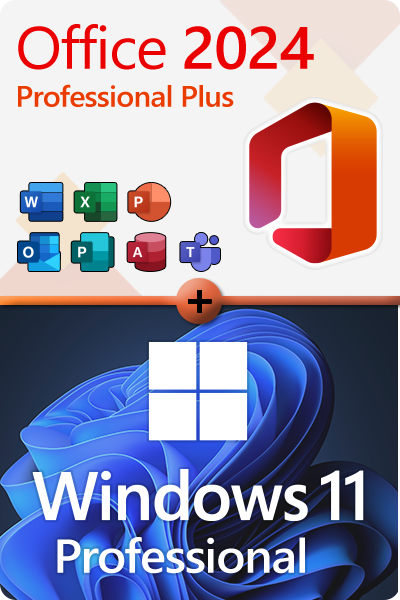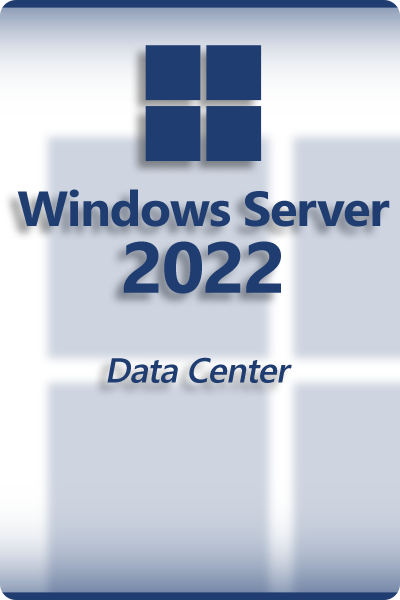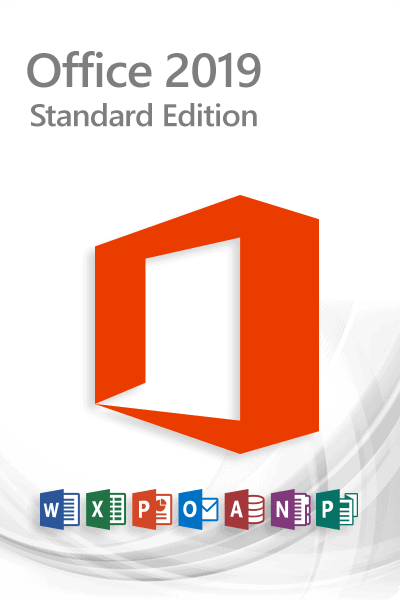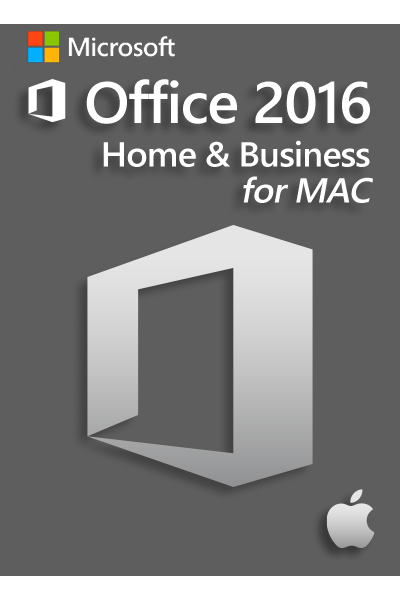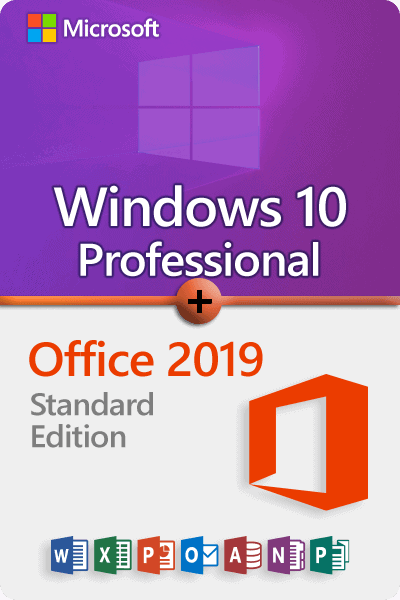Within the expansive domain of productivity software, one name reigns supreme: Microsoft Office. For decades, Microsoft Office has served as the linchpin of operational efficiency, empowering individuals, enterprises, and educational institutions to streamline their workflows, bolster collaboration, and unleash their creative prowess. Join us as we embark on an illuminating journey through the multifaceted realm of Microsoft Office, unraveling its evolutionary trajectory, essential components, and enduring impact on contemporary work paradigms.
Genesis of a Game-Changer:
The origins of Microsoft Office can be traced back to the mid-1980s, when Microsoft introduced a trio of groundbreaking applications: Word, Excel, and PowerPoint. These pioneering software offerings revolutionized the landscape of document processing, data analysis, and presentation design, heralding a new era of productivity and innovation. With their intuitive interfaces, robust feature sets, and seamless interconnectivity, Word, Excel, and PowerPoint swiftly became indispensable assets for professionals across diverse sectors and industries.
Diversification and Adaptation:
As user requirements evolved, so too did the Microsoft Office suite. Over the years, Microsoft has expanded the suite to encompass a diverse array of applications tailored to address contemporary workplace exigencies. From the comprehensive email management capabilities of Outlook to the flexible digital note-taking functionalities of OneNote, from the robust database management capabilities of Access to the sophisticated desktop publishing capabilities of Publisher, Microsoft Office offers a comprehensive toolkit designed to empower users across multifarious domains.
Fostering Collaborative Synergy:
In an era characterized by interconnectedness and cooperation, Microsoft Office has embraced the imperative of collaborative endeavor through an array of collaborative features and cloud-based services. With SharePoint, Teams, and OneDrive, users can seamlessly share documents, engage in real-time collaboration, and access their files from any location, on any device. Whether collaborating remotely, across disparate time zones, or within a shared physical workspace, Microsoft Office furnishes the requisite tools for fostering collaborative synergy and facilitating goal attainment.
Continual Innovation for Sustained Relevance:
As the technological landscape continues to evolve, so too does the trajectory of Microsoft Office. With each successive iteration, Microsoft introduces innovative functionalities and refinements aimed at aligning with evolving user exigencies. From the predictive analytics capabilities enabled by artificial intelligence in Excel to the immersive presentation features in PowerPoint, from the advanced formatting options in Word to the intelligent email management tools in Outlook, Microsoft Office remains at the forefront of productivity software, empowering users to navigate the complexities of the modern workplace with confidence and dexterity.
Conclusion:
As we reflect on the enduring legacy of Microsoft Office, its indispensable role in driving efficiency, facilitating collaboration, and catalyzing innovation becomes abundantly clear. From its nascent origins as a trio of pioneering applications to its current status as a comprehensive suite of tools and services, Microsoft Office has been instrumental in shaping the contours of modern work practices and augmenting productivity across diverse sectors and industries. Looking ahead, one thing remains unequivocal – Microsoft Office will continue to evolve and adapt, ensuring that users worldwide are equipped with the requisite resources to thrive in an ever-evolving digital milieu.

